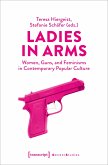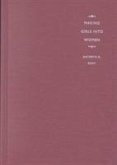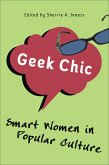Why do the earliest representations of cowboy-figures symbolizing the highest ideals of manhood in American culture exclude male-female desire while promoting homosocial and homoerotic bonds? Evidence from the best-known Western writers and artists of the post-Civil War period - Owen Wister, Mark Twain, Frederic Remington, George Catlin - as well as now-forgotten writers, illustrators, and photographers, suggest that in the period before the word 'homosexual' and its synonyms were invented, same-sex intimacy and erotic admiration were key aspects of a masculine code. These males-only clubs of journalists, cowboys, miners, Indian vaqueros defined themselves by excluding femininity and the cloying ills of domesticity, while embracing what Roosevelt called 'strenuous living' with other bachelors in the relative 'purity' of wilderness conditions. Queer Cowboys recovers this forgotten culture of exclusively masculine, sometimes erotic, and often intimate camaraderie in fiction, photographs, illustrations, song lyrics, historical ephemera, and theatrical performances.
A searching and original study. Chris Packard has managed to tease out evidence of same-sex attraction in places where one would not have expected to find it. - Larry McMurtry, co-writer of the award-winning screenplay for Brokeback Mountain and author of Lonesome Dove
Thanks, Chris Packard, for searching out eros between men in the texts that created the iconic image of the Western American hero. So 'Come back to the Raft Ag'in, Huck Honey!' and see what this scholar has found. - Jonathan Ned Katz, author, Love Stories: Sex between Men before Homosexuality
Thanks, Chris Packard, for searching out eros between men in the texts that created the iconic image of the Western American hero. So 'Come back to the Raft Ag'in, Huck Honey!' and see what this scholar has found. - Jonathan Ned Katz, author, Love Stories: Sex between Men before Homosexuality








